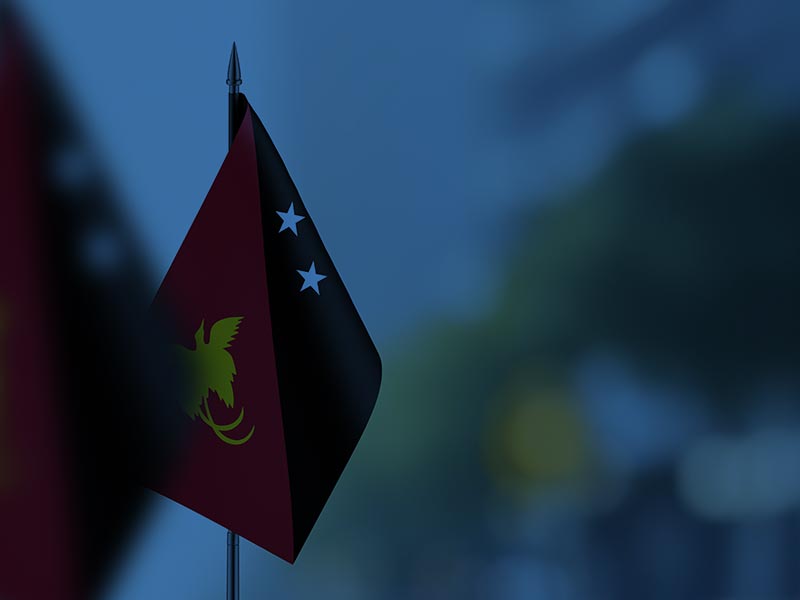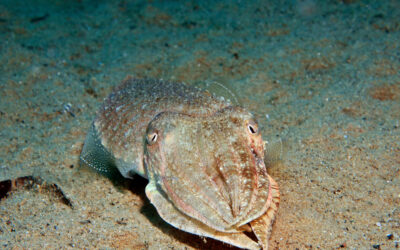Papua New Guinea (PNG) is home to over 800 languages, making it one of the most linguistically diverse countries in the world. This extraordinary variety accounts for nearly 12% of the world’s languages, with a population of around 9 million people. The languages are primarily divided into two groups: Austronesian and Papuan.
Austronesian languages, found mainly in coastal regions, include widely spoken languages like Tolai and Motu. These languages typically feature simpler grammatical structures, often adhering to a subject-verb-object (SVO) word order. Hiri Motu, for example, was developed as a trade language and is characterized by its accessibility.
In contrast, Papuan languages, predominantly spoken in the interior highlands, are highly diverse and do not belong to a single family. Languages such as Enga and Huli exhibit complex grammatical systems, including intricate verb conjugations and multiple noun classes. Some Papuan languages are also tonal, where pitch variations can change word meanings.
Additionally, Tok Pisin, a creole language derived from English, serves as a lingua franca and one of PNG’s official languages. While it simplifies many aspects of English, it incorporates indigenous vocabulary, reflecting the country’s rich cultural tapestry and linguistic heritage.
Related Articles
The Secret Life of Bees—Nature’s Master Pollinators
Bees are far more than just honey producers—they’re vital pollinators that sustain ecosystems and global agriculture. In fact, about 75% of the crops we eat depend on pollination, much of which is...
The History of the Microscope—Revealing the Invisible World
The microscope is a window into worlds we cannot see with the naked eye, revolutionizing science and medicine. Its invention in the late 16th century marked the beginning of an era of discovery. The...
The Science of Camouflage—Nature’s Master of Disguise
Camouflage is one of nature’s most ingenious survival strategies, allowing animals to blend into their environments to avoid predators or ambush prey. But how does it work, and why is it so...





